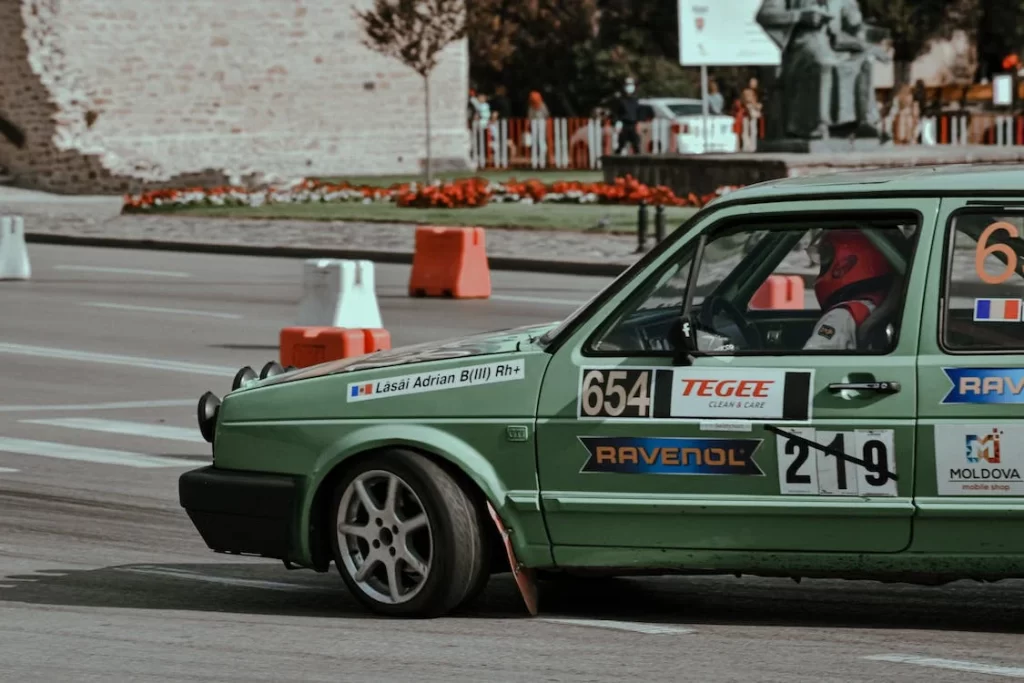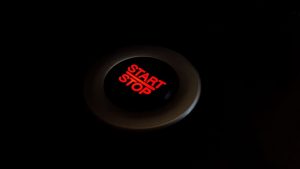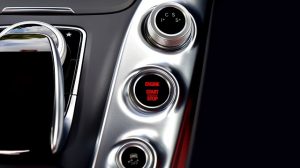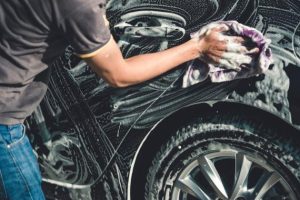Metallic paint offers a shiny look for your car. It is highly coveted as it is a benchmark for manufacturers. We explain everything in this article. So, without further ado, let’s dive into this blog and learn some of the things you need to know about metallic paint.
What is metallic paint?
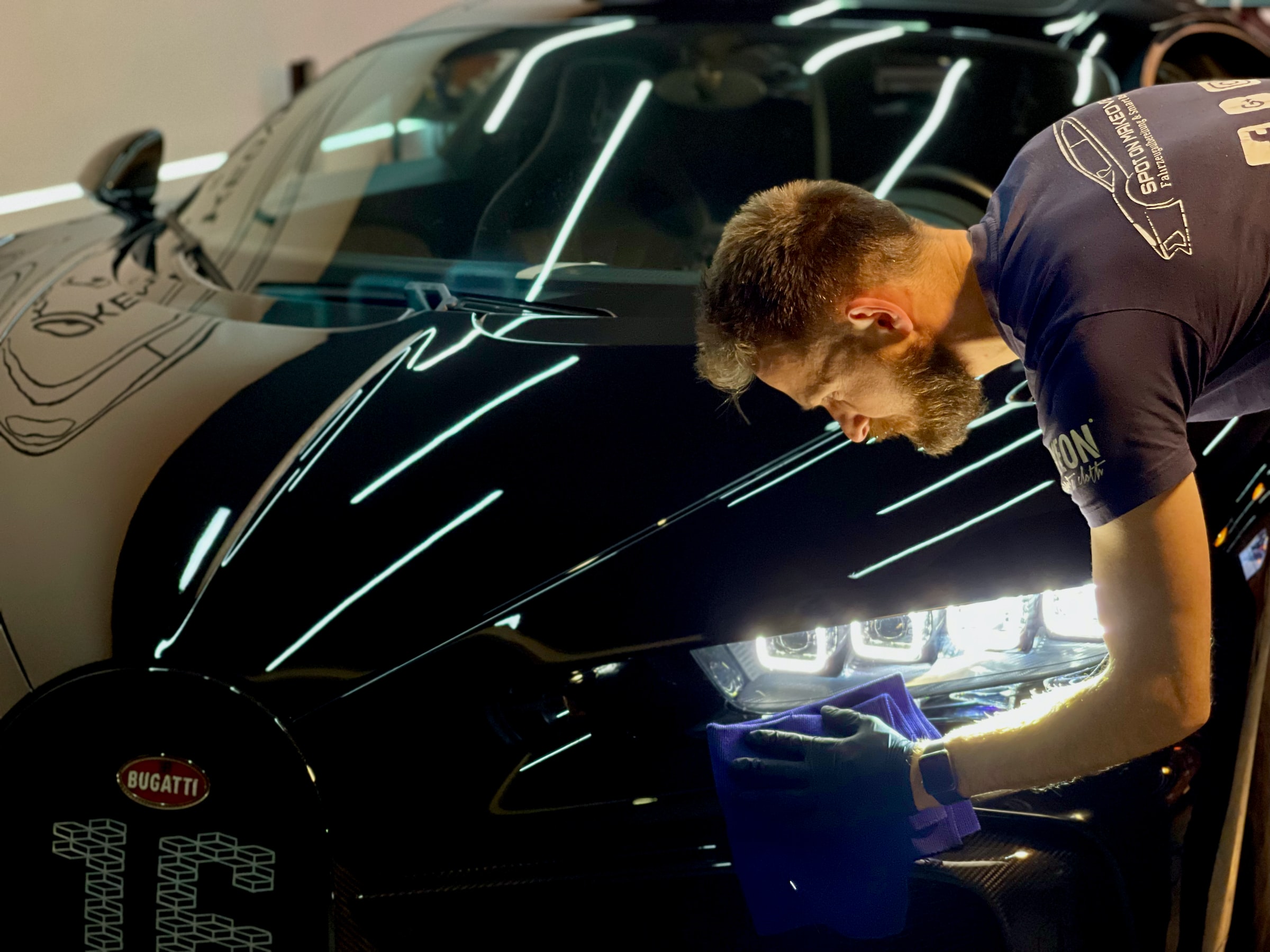
Also known as polychromatic paint, it contains small particles of aluminum and other metals to give a shiny effect through the refraction of light and depth on the surface. The amount, size and colour of the particles vary to produce all sorts of effects, sparkles and reflections. It was used in the 1970s for luxury cars. To enhance the shine effect, you can apply successive layers of paint.
Advantages and disadvantages of metallic paint
One of the advantages of metallic paint is that it protects against minor damage and fading due to UV rays. Colour variations make it easier to hide defects. However, dents and scratches are visible. It also has an aesthetic function, enhancing the surface by highlighting the contours and lines of cars.
On the downside, the cost is quite high. Solid colours are more expensive for the configuration of the car and the manufacturing process. The reproduction of certain colours creates great complexity and difficulty in matching and wasting time in repair.
Pigments used in metallic paint
Metallic pigments
This is the most common in metallic paint. Composed of aluminum particles, they are mixed with absorption pigments to achieve a glossy effect. They can be mixed with other particles, such as mica, for enhanced reflective effects. There are many different sizes and shapes:
- Lenticular aluminum: has an oval shape, and its size can vary. The orientation and fit of this particle provide a flawless finish. There is thin, thick and medium lenticular aluminum.
- Irregular aluminum: with irregular edges and different sizes, its application and orientation are easy to handle compared to lenticular aluminum. These differences in shape and size determine the type of effect achieved. The gloss and shade can be different depending on the angle from which the surface is viewed.
Fine matte aluminum particles are easier to maintain than coarse particles, which reflect a lot of light.
Pearlescent pigments
The pearlescent sheen comes from the ceramic crystals in the paint, which take care of the reflection and refraction of the light. They are composed of mica mineral flakes with different shapes and sizes. The particles are mixed with translucent pigments for low opacity.
special pigments
This type of pigment offers a better visual effect than metallic and pearlescent pigments. In the bodywork and paint sector, it is used for customizing bodies. When using special colours, it is necessary to apply a base colour to the area over the primer. Since it is a very transparent pigment, the pearlescent pigments in the base colour are high, and the colour effect is based on the layers applied.
Tips for applying power paint
Adapt the use of hardeners to the temperature and humidity
This step allows the correct orientation of the metal particles. This is necessary if temperatures are high or if dilutions are used to avoid the appearance of paint defects.
Applying a final control coat
The application of a final coat provides informality to the finish, after which the metallized paint particles are oriented. Fading allows for better integration to minimize paint defects.
Final thoughts
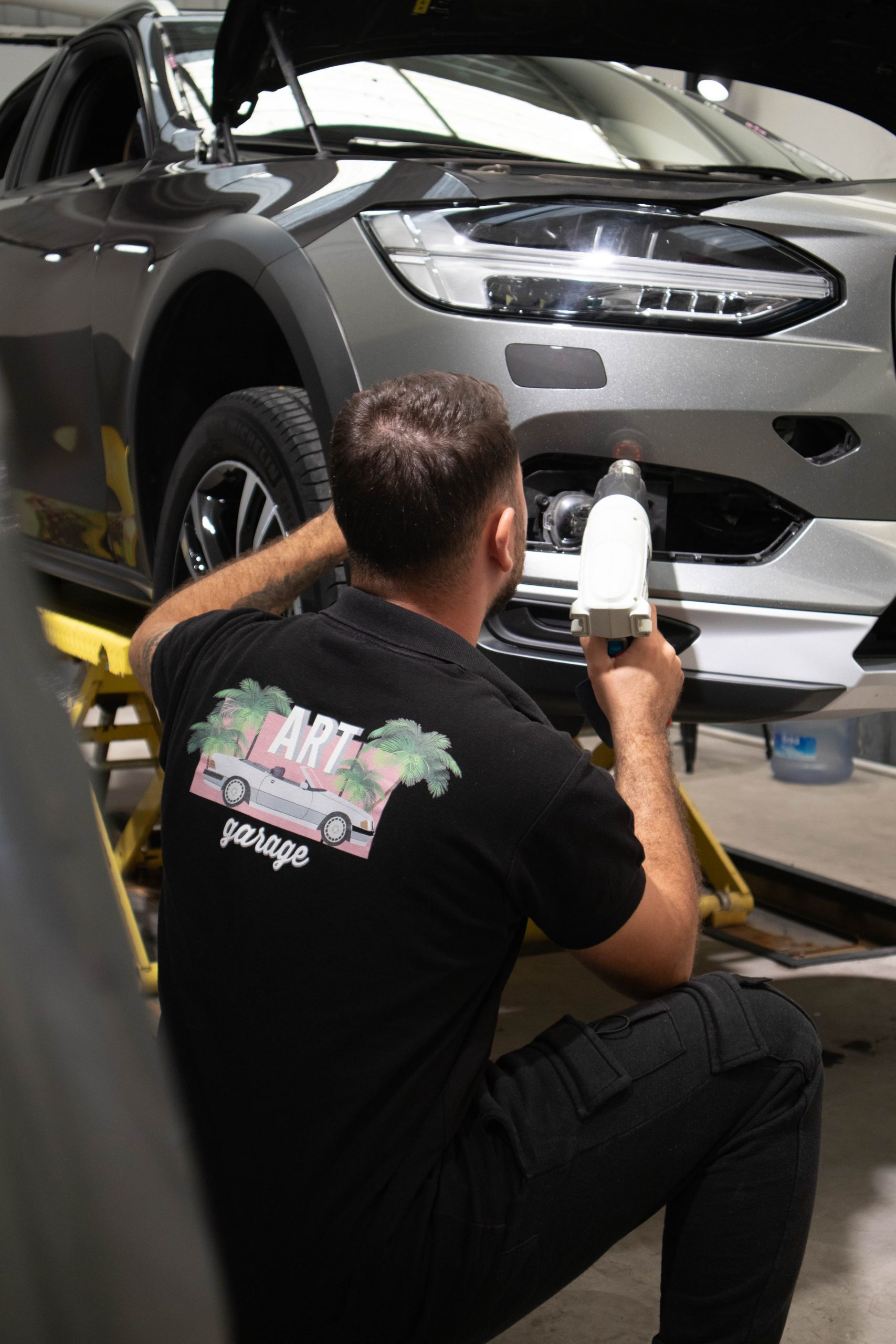
Buying a car is a significant investment, and this is why you need to think throughly before deciding to paint it and what kinf of paint you are choosing for the job. Sound off in the comments section below, and tell us what you want to read next and if you want to read more about metallic paint for your car.

